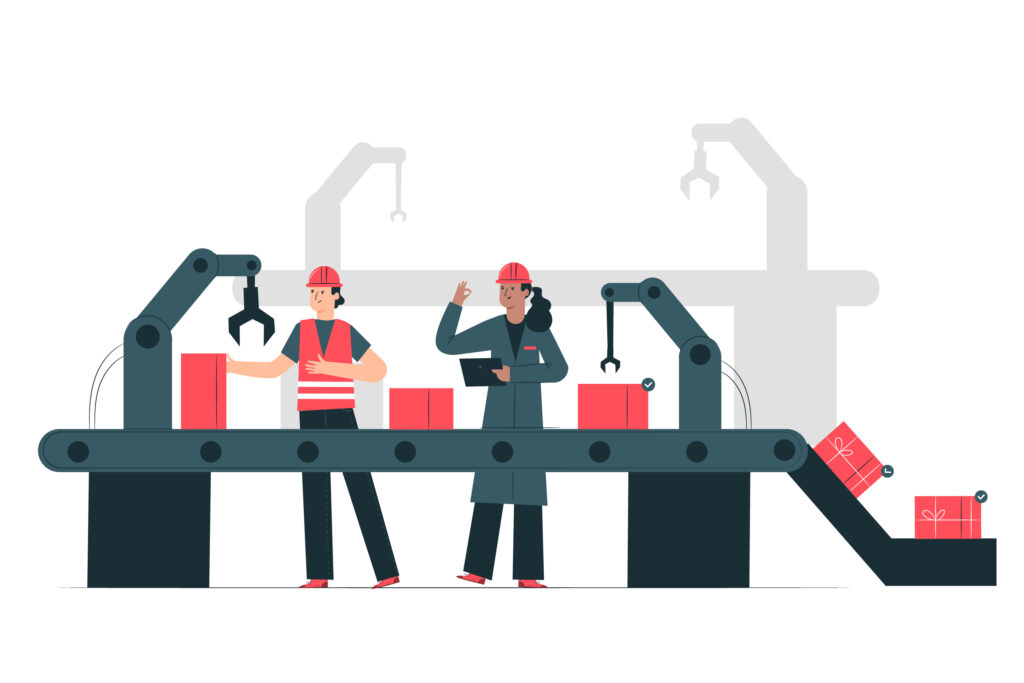CCoE – Discover all details.

Cloud Community of Excellence: A new cloud Ecosystem
A Cloud Community of Excellence refers to a group of individuals from different departments and levels within an organization who collaborate and share their knowledge and best practices for the cloud ecosystem. This approach encourages cross-functional collaboration and the sharing of ideas, leading to a more comprehensive and diverse understanding of the cloud.
On the other hand, a Cloud Center of Excellence (CCoE) is a dedicated team or department responsible for defining and managing the company’s cloud strategy and ecosystem. While a CCoE can provide centralized leadership and decision-making, it may limit the sharing of ideas and knowledge across the organization.
Therefore, a Cloud Community of Excellence is considered better because it fosters collaboration, encourages the sharing of knowledge, and provides a more comprehensive understanding of the cloud ecosystem throughout the organization.
Cloud Community of Excellence is a new operating model that support both Agility and Innovation while keep control in the Cloud.
How keep control and synergies and not lost agility?
The Cloud Community of Excellence aims to strike the delicate balance between agility and control, ensuring that the organization can operate efficiently and effectively in the cloud. Maintaining the agility of the cloud is crucial, as it allows the organization to respond quickly to changing business needs and capitalize on new opportunities.
However, it’s equally important to have control and homogenization in place, as this ensures that the technology infrastructure is consistent, secure, and scalable. This is particularly important in the cloud, where the scale and complexity of the technology environment can quickly get out of hand.
To achieve this balance, the Cloud Community of Excellence focuses on two key points: teams and accelerators.
Teams play a crucial role in maintaining the balance between agility and control. By organizing the delivery teams into product teams, the Cloud Community of Excellence ensures that the teams are focused on delivering high-quality products and services, while also adhering to the established governance and regulations. This is achieved through the use of champions, who serve as liaisons between the Core team and the product teams, communicating best practices and regulations and facilitating the use of accelerators.
Accelerators are tools and processes that streamline the development and delivery process, reducing time to service and increasing efficiency. They are generated by the Core team and provide a consistent, reliable, and scalable platform for the product teams to build on. This not only enhances the overall quality of the products and services offered by the organization, but also ensures that the technology infrastructure is aligned with the organization’s overall goals and policies.
By focusing on teams and accelerators, the Cloud Community of Excellence ensures that the organization can operate efficiently and effectively in the cloud, striking the delicate balance between agility and control.
Teams




Core Team

Let’s defined the Cloud as a Product. This product should have a team that feel the ownership and put focus in the integrity and evolution of him.
This team will be named “Core Team” and will be following milestones:
- Mission & Vision
- Strategy
- Government(incl. Security)
- Tech Radar
Product Team
Delivery teams will be organized into product teams and will ensure compliance with established regulations and governance. The governance will be followed without sacrificing speed through the use of accelerators generated by the Core teams.
The product teams will be cross-functional and their product cycle will never depend on the Cross team.
These product teams will be part of this Cloud community, providing components that are not yet part of the certified components catalog.

Enablement Team

The Champion role serves as a liaison between the Core team and the product teams, responsible for communicating the regulations and best practices and facilitating the use of accelerators generated by the Core team.
Their primary mission is to add value to the product teams by reducing the time to service to the maximum extent possible, while ensuring governance and strategy are in place.
Platform Team
The development, maintenance, and operation teams are responsible for building platforms that will be used by the product teams. These platforms standardize the development process, reducing time to service and streamlining the overall workflow.
By having a consistent and efficient platform, the product teams can focus on delivering high-quality products and services to the end-users, without having to worry about the underlying infrastructure. This increases productivity and improves overall customer satisfaction.
Moreover, having a dedicated team for platform development, maintenance, and operations ensures that the platform is constantly evolving and adapting to new technological advancements, providing a competitive advantage and keeping the organization at the forefront of innovation.

Accelerators


Certified Products

Certified Modules that following all the normative defined by the Government.
These Certified products will be exposed in a public catalog and will be easily accessible from the Delivery Teams.
This Certified products Catalog will be maintained by the Core Team, despite that every single delivery team can contribute sending new products are that not certified yet.
Certified Architectures

These are technology stacks comprised of certified components that provide a solution to a predefined and security-reviewed model architecture. The use of certified components ensures that the technology stack adheres to industry standards and best practices, reducing the risk of security vulnerabilities and ensuring that the technology infrastructure is reliable and scalable.
Having predefined and security-reviewed architecture models allows for faster development and deployment, as the teams can rely on a proven framework that has already undergone extensive testing and analysis. This also reduces the risk of errors and improves the overall quality of the products and services offered by the organization.